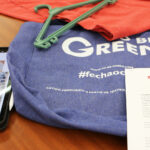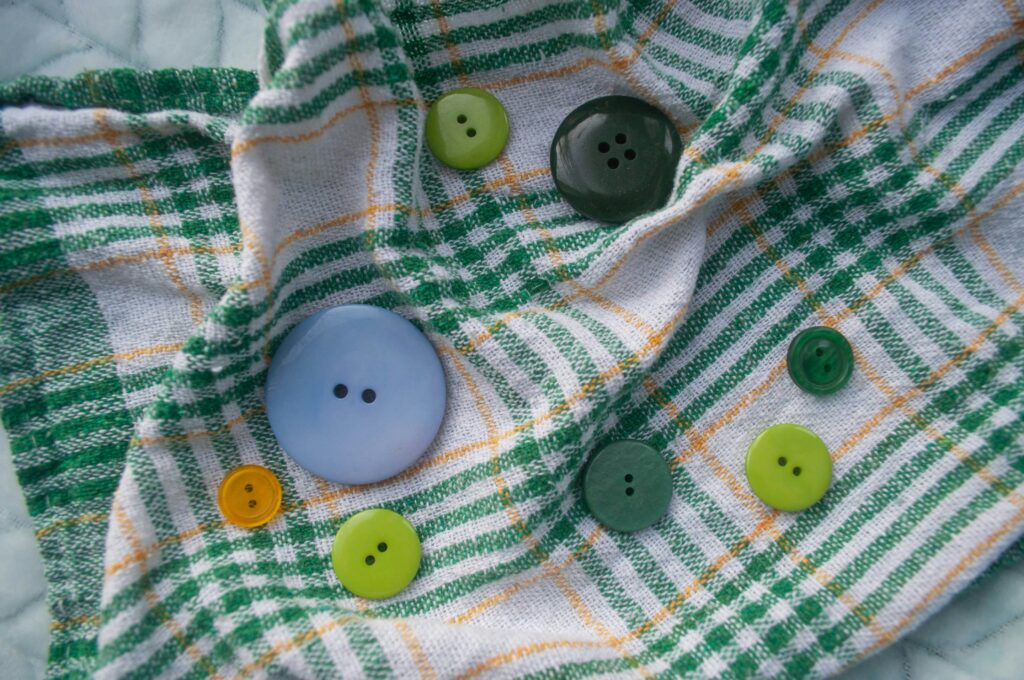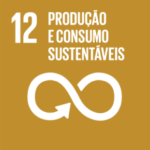
At El Corte Inglés, used clothes get a new life
El Corte Inglés and To Be Green, a spin-off from the University of Minho, have joined forces inan unprecedented partnership, to produce 300 new articles
We didn't find any happenings mapped to your criteria.
Try the traditional search to find articles not yet mapped with RUA.
We didn't find any happenings mapped to your criteria.
Try the traditional search to find articles not yet mapped with RUA.
We didn't find any happenings mapped to your criteria.
Try the traditional search to find articles not yet mapped with RUA.
We didn't find any happenings mapped to your criteria.
Try the traditional search to find articles not yet mapped with RUA.
In California, clothing and fabric producers will have to take responsibility for the entire life cycle of their items, thanks to new legislation.
New legislation in California in the United States aims to change the way clothes are disposed of by obliging producers of clothing, towels, bedding and upholstery to implement and finance a state program to reuse, repair and recycle the items they sell.
The Responsible Textile Recovery Act “establishes the nation’s first Extended Producer Responsibility textile recycling program, marking a significant step forward in the state’s efforts to combat waste and promote sustainability (…). Once implemented, it will not only reduce the amount of textiles sent to landfills, it will also support the development of recycling and upcycling throughout California and help address the environmental impacts of fast fashion and the ‘throwaway culture’ it has fostered,” reads the statement.
By 2030, residents will be able to take unwanted or even damaged clothing and household textiles free of charge to second-hand stores, charities and other accessible collection points across the state to be sorted and recycled.
Under the authority of the state’s recycling department, producers will be encouraged to adopt less polluting practices and create greener designs, making them responsible for their products throughout their entire life cycle.
“We worked hard to consult and eventually align all the stakeholders in the textile life cycle, so that in the end there would be no opposition,” he explains to The Guardian Josh Newman, the Democratic senator who sponsored the bill, the first of its kind in the country.
It passed with broad support from state legislators in August and has now been signed into law by California Governor Gavin Newsom. “It’s an extremely difficult thing to do when you consider the magnitude of the problem and all the very different interests,” explains the senator.
Throughout the legislative process, the bill received widespread support, with more than 150 endorsements from environmental organizations, local governments, municipal waste managers and retailers, including the California Product Stewardship Council (CPSC), IKEA, Goodwill, Sierra Club California, Everlane, Reformation, Boardriders and Republic Services.
How the whole system will work is not yet fully known, as companies will have until 2026 to set up a non-profit organization that will design collection sites, mail-back programs or other solutions. It is estimated that the program will not be operational until 2028.
Despite being a pioneering initiative in the country, European countries were the first to tackle the problem of textile waste through legislation. France passed a textile recycling law in 2007 that boosted the rate of textile waste being diverted for reuse (from 18% to over 39%). In 2023, the Netherlands followed suit, launching its own program, and the European Union declared the extended collection of textiles to be mandatory by 2025 in all Member States.
“We learned from many of the advocates involved in France’s program and they have been very active in making sure that what California does can be replicated positively,” explains Dr. Joanne Brasch, director of advocacy and outreach for the California Product Stewardship Council, which co-sponsored the new legislation.

The cost of fast fashion
In 2021 alone, around 1.2 million tons of textiles were discarded in California, costing taxpayers more than 70 million dollars.
According to Dr. Brasch, citizens are going to pay for fashion and textile waste, one way or another. “Our garbage bills are going to increase if cities have to solve the problem, our taxes are going to increase if we have to remedy environmental damage,” she told The Guardian.
With the new legislation, Newman assures that consumers should not feel any price increase and estimates that the cost to producers will be less than 10 cents per garment or textile.
Used clothing is the fastest growing waste stream in the United States. Since 1960, the amount of textile waste generated in the country has increased almost tenfold, surpassing more than 17 million tons in 2018, with 85% of all textiles ending up in landfills.
Although 95% of textile materials – including fabrics, yarns, fibers, zippers and buttons – are reusable or recyclable, only around 15% are currently recycled or reused.
“It’s not just about recycling; it’s about transforming the way we think about textile waste,” Newman emphasizes in the press release.


El Corte Inglés and To Be Green, a spin-off from the University of Minho, have joined forces inan unprecedented partnership, to produce 300 new articles

Although mechanical recycling is the most widely used method, it cannot deal with multi-fiber textiles. The new approach promises to effectively recycle this waste, and

Since April 8th, both the buying and selling of second-hand clothes has been exempt from taxes on eBay in the UK. Online retailer eBay has

This article promotes an action that encourages the reduction of waste generation through prevention, reduction, recycling, and reuse.
➡️ To discover more businesses that are aligned with Sustainable Development Goal 12 “Sustainable Production and Consumption” click here.
➡️ For news, tips and interviews about this topic, click here.
➡️ Want to know more about the 17 United Nations Sustainable Development Goals? Click here
Esta publicação também está disponível em:
![]() Português (Portuguese (Portugal))
Português (Portuguese (Portugal))

